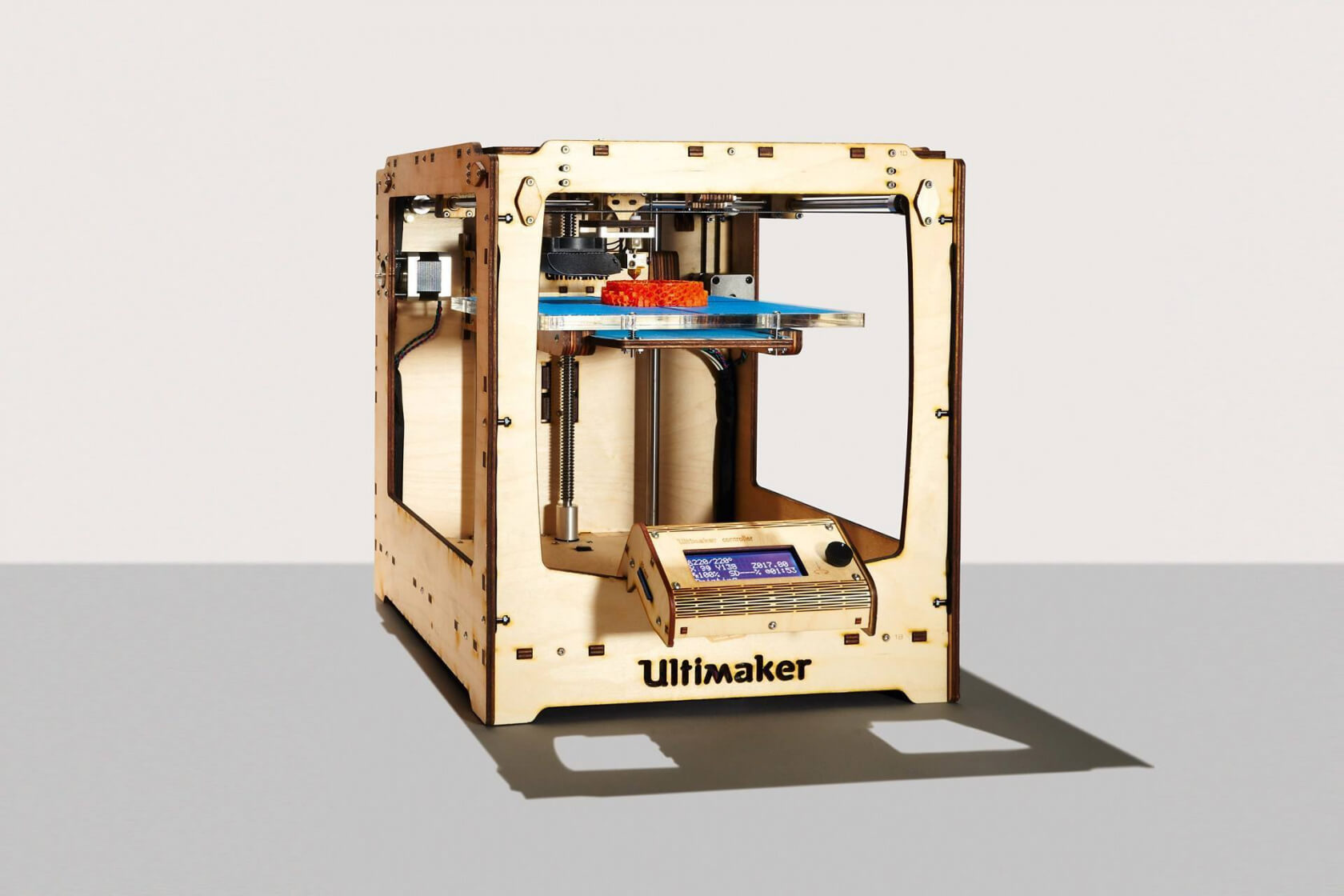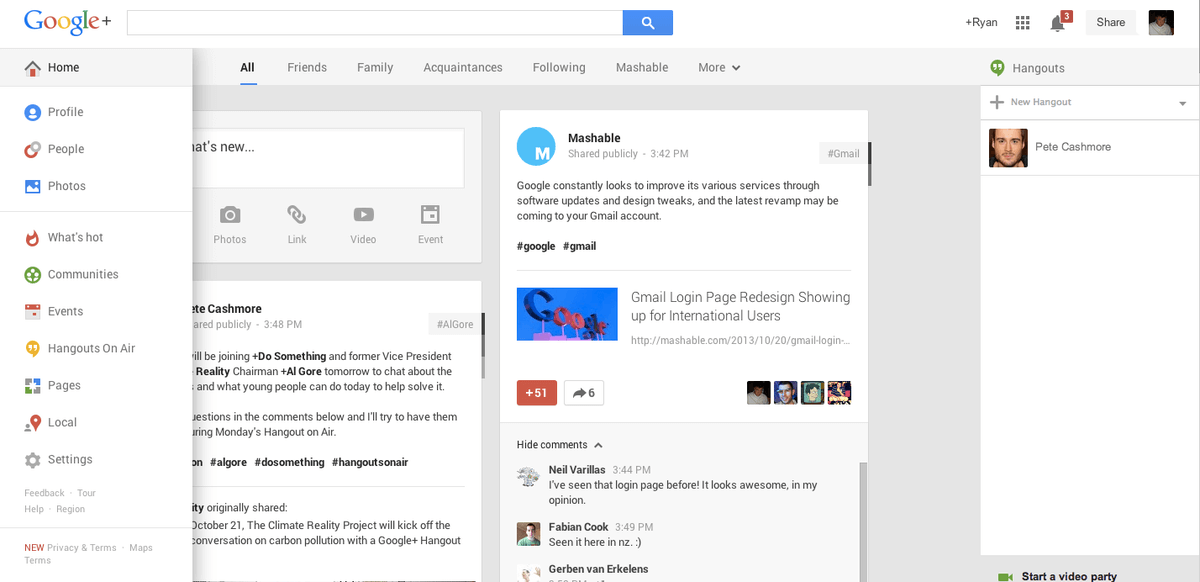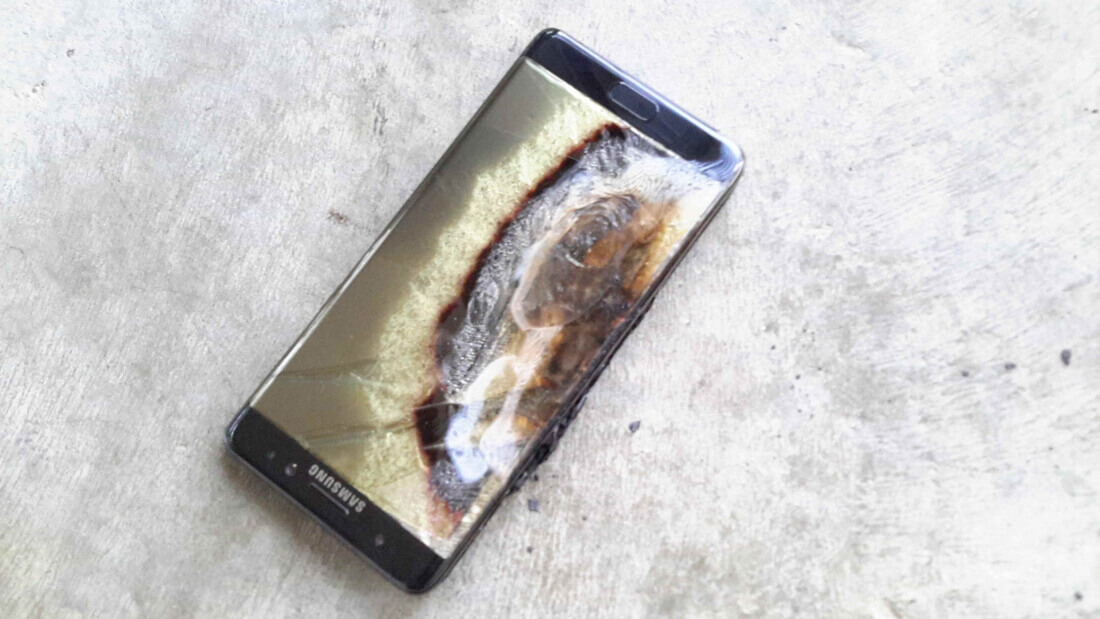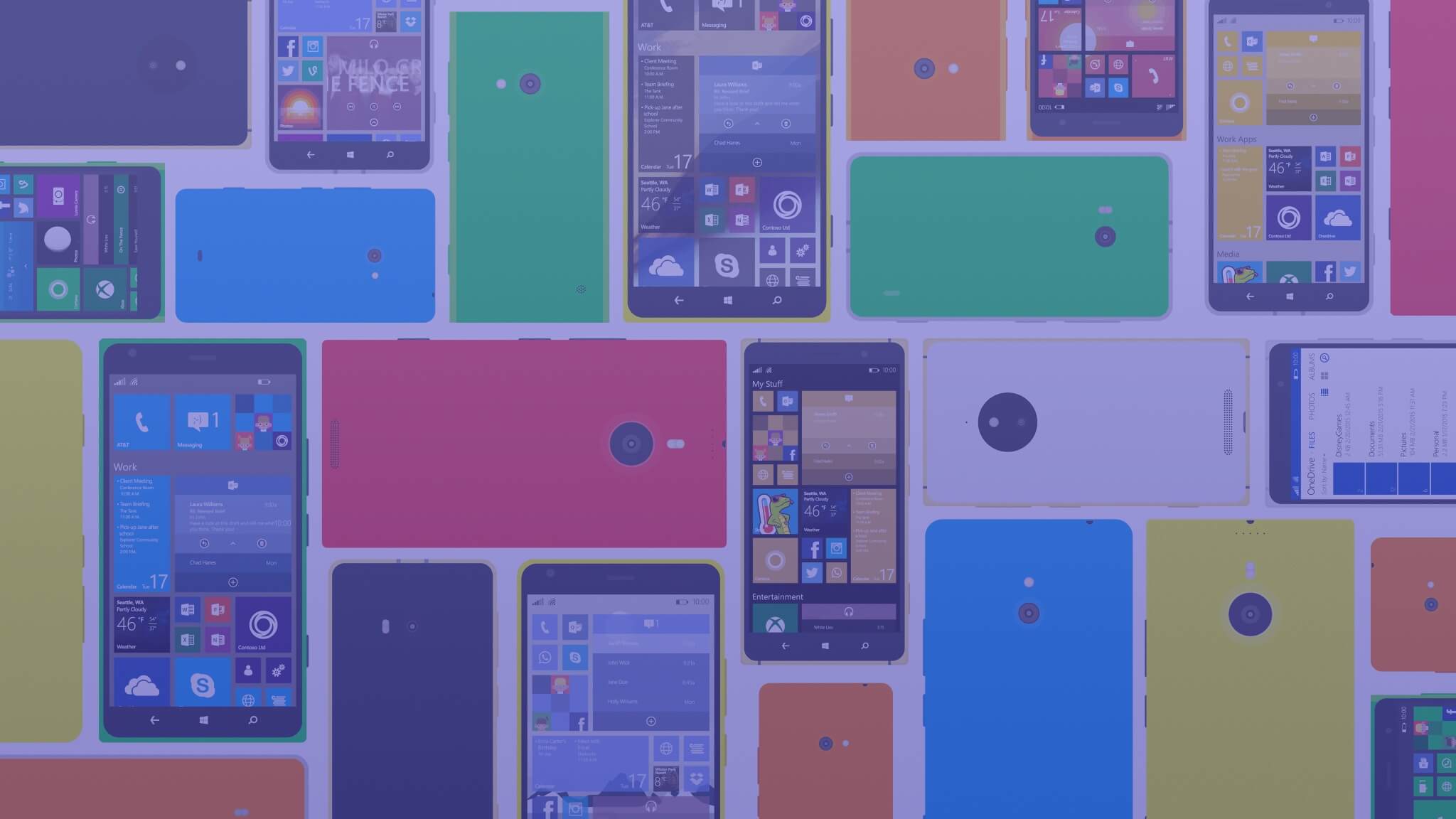Any organization, be it a multi-billion-dollar corporate behemoth or lowly startup, can launch a hyped product that turns out to be total dud. We've seen our fair share of tech flops (this is the second time we round up products for a similar list), and while some very quickly explode in a ball of hot, fiery failure, others linger around for years before slowy fading away into obscurity.
In no particular order of uselessness, here are our top ten biggest tech fails of the last ten years.
Hoverboards
Explosive fun
What's more dangerous than an exploding phone? How about a toy aimed at kids that spontaneously catches fire? Not content with the risk of breaking limbs and maneuvering into traffic, several hoverboards came with an extra element of danger that could turn users into a non-superhero version of the Human Torch.
Not all the hoverboards were prone to bursting into flames; it was mainly the cheaply made knockoffs---of which there were a lot. But even some of the bigger name brands found themselves banned from retailers such as Target and Amazon over safety concerns.
The final straw came when the United States Postal Service followed the lead of a number of airlines, including Delta, United, and American Airlines, by banning the devices from air transportation. Remember: if a toy has the potential to bring down a plane, it should only be given as a Xmas gift to people you really don't like.
Windows Phone
(and the Nokia acquisition)

Like a shambling zombie from the Walking Dead, Microsoft's Windows Phone/Windows 10 Mobile initiative managed to hang around for years before 2017 saw it take the figurative bullet to the head.
Not everyone disliked Windows Phones, and some of the Lumia handsets weren't all that bad, but even though the concept of the Windows Mobile platform sounded good, it struggled to drag users away from Android and iOS. Little support from app developers and a lack of features you would expect to see in a smartphone ensured that the mobile market was one industry Microsoft wasn't going to dominate.
In July, three years after version 8.1 shipped to users, Microsoft dropped support for the Windows phone. But at least Windows 10 Mobile was still alive---up until the start of October, that is, when a Microsoft exec said it was no longer a focus for the company.
The Yahoo hack
1 billion 3 billion accounts

Picking the biggest hack fail from the last ten years isn't easy, but that's only because you're so spoilt for choice.
The ongoing nightmare that is the Equifax breach is a close contender, as is the MySpace hack that's thought to have exposed over 427 million passwords. But if you want a true disaster, look toward Yahoo, who admitted that every single one of its 3+ BILLION accounts was affected in a 2013 attack.
Was Yahoo---a company with enough problems as it was---trying to soften the blow by initially announcing a mere 1 billion people had been hacked? Maybe; 3 billion is, after all, the rough equivalent to half the earth's population. Even with multiple accounts, that's an awful lot of victims.
While information such as names and passwords were encrypted, Yahoo was using the notoriously insecure MD5 hash algorithm. Hackers were also able to access users' security question answers and backup email addresses used for lost passwords, making the whole thing a disaster of truly epic proportions.
3D Printing (for consumers)
The printing revolution that wasn't

Let's get this out of the way first: 3D printing is extremely popular within the industrial sector, where it's been used with great success in everything from office buildings to tires to bone replacements. Commercially, however, the technology still hasn't found its place among non-techy members of the public.
Like one or two other products on this list, most people just don't know why they would want or need a 3D printer, most of which remain pretty expensive. While the technology is amazing, it remains a niche product; many people stop using their pricey devices after getting bored of creating little figures.
Efforts are being made to get more 3D printers into the homes of your average consumer, including a study that showed how much a person would save by printing out ordinary household goods instead of buying them. But even now, years after the first commercial versions hit the stores, they're a rarity in most homes.
Google+
What do Facebook, Instagram, Snapchat, Pinterest and LinkedIn all have in common? People actually use them.

It's hard to believe now, but back when Google launched a new social network in 2011, Mark Zuckerberg declared "total war" on the company, put Facebook on lockdown (i.e. stopped anyone from leaving the building), and starting quoting philosopher Cato the Elder. In hindsight, he probably overreacted.
A year after launch, Google Plus was starting to look promising, with over 400 million people signed up and more than 100 million of them actively using the service each month. But since Google used to make everyone who used its services register a Google+ account, that first number wasn't painting an accurate picture. It may have had 2.2 billion users in January 2015, but just 4-7 million of them engaged, interacted, and posted publicly on the network during that month.
While it did boast some differentiating features, Google+ was, ultimately, an awful lot like Facebook; only not as good. And while Zuckerberg's social network was taking off and gaining a reputation as the successor to Myspace, Google's take on social media fast became a bit of a joke. Today, very few people use Google+, but like a punch-drunk boxer who refuses to retire, Google won't call time on its platform.
Galaxy Note 7
A true disaster

Samsung, always eager to prove it does everything bigger and better than anyone else, showed the world what a tech fail really looks like with the Galaxy Note 7.
It's easy to forget now, but before the handsets started turning into Hitman-style assassination weapons, the Note 7 received rave reviews, with many critics calling it the best Android device available at the time. Sadly, two then-unknown battery defects ensured this phone would be forever remembered for all the wrong reasons.
From planes to hotel rooms, the Note 7s caused fires everywhere. Samsung wisely offered owners replacement handsets that were guaranteed not to explode, a promise the company struggled to keep when they started exploding. In early October 2016, all production of the Note 7s stopped.
Only a company as big as Samsung could recover from a disaster that cost $17 billion in lost sales. Nearly one year later, the Galaxy Note 8 received more preorders than any other handset in the Note line's history.
Windows 10 updates
Ridiculous forced updates
Imagine someone wants to give you a gift, but you're not interested in receiving it. Now imagine this person is not only harassing you day and night to take said gift, but also starts trying to trick you into accepting it. Eventually, they give up and punch it down your ungrateful throat. That person is Microsoft, and the present is the free Windows 10 upgrade offer.
The Redmond firm tried every trick in the book to get people to upgrade to Windows 10 via the free offer, from making it a recommended update instead of an optional one, to forcing automatic installs onto users without informing them. And let's not forget the overwhelming amount of malware-like popups that ruined weather reports and Counter-Strike Twitch streams.
Speaking of malware, even Microsoft itself admitted it went too far with one particular element of its Windows 10 crusade: turning the standard 'close pop-up' corner X symbol into a way for users to unwittingly give consent for an upgrade to take place.
Smartwatches
So you bought one, but do you use it?

A pretty controversial entry, admittedly. While smartwatches certainly haven't been a failure on the same level as most other entries on this list, they are still struggling to find their place in the market several years after the first modern devices arrived.
While lovers of all things Apple appear to be buying the iPhone maker's wrist-based product in droves---the company overtook Fitbit as the world's top wearables vendor earlier this year---most smartwatch companies continue to experience falling sales.
The main problem with smartwatches is that most people don't know why they'd want one when they have a smartphone, which is kind of like a larger, better version of a smartwatch that lives in your pocket. It's a sentiment that was echoed by the CEO of Huawei, a company that has made two Android Wear watches.
Smartwatches could be facing a more optimistic future. Qualcomm is working on chips that should make them smaller, smarter, and with extended battery lives, while more unusual designs such as the Kronos ZeTime, along with luxury models from brands like Tag Heuer, offer more appeal. But the original plan for smartwatches to be as ubiquitous as smartphones hasn't come to fruition.
Theranos
Ok, this is even worse than the Note 7

The idea of being able to replace the unpleasant needles used in blood tests with a simple prick of a finger sounds great. That was the claim made by Theranos; its Edison machine technology appeared so compelling that the company managed to raise more than $400 million in funding by 2014, not to mention an estimated value of $9 billion. But there was a problem: only 15 of the 240 tests it offered were conducted on the Edison Machines, and the lab results were sometimes inaccurate.
Two years' worth of Theranos blood tests were declared void and the company faced federal criminal and civil investigations. Founder Elizabeth Holmes, who had once been on Forbes' 400 richest Americans list, saw her net worth fall from $4.5 billion to a big, fat zero. The moral of the story? If something seems too good to be true, it usually is.
Amazon Fire Phone
That one time Bezos was not even close

Amazon: one of the biggest tech companies on earth with the richest person in the world at its helm. Surely everything it tries turns to gold? In reality, it's had a few failures, including Amazon Destinations and WebPay, but nothing compares to the public humiliation that was the Amazon Fire Phone.
It seems Jeff Bezos thought he could succeed where Microsoft failed. But despite quite a bit of hype in the runup to its release in 2014, the Fire Phone arrived to some very average reviews, thanks to a 3D effect that was more gimmicky than anything else, mid-range specs, and a price tag that was too high for such a device.
A month after release, it was estimated that fewer than 35,000 people had bought one of the phones---a far cry from the millions of handsets big companies shift on launch day. Amazon dropped the price from $649 to $199 and wrote off $170 million as a result of the failure. In September 2015, it finally depleted the remaining Fire Phone inventory, at which point Bezos probably wept with joy.
Honorable mentions
TechSpot Series: The Win/Fail series continues next week
This feature is part of a TechSpot content series rolling out this month, see what's next:
